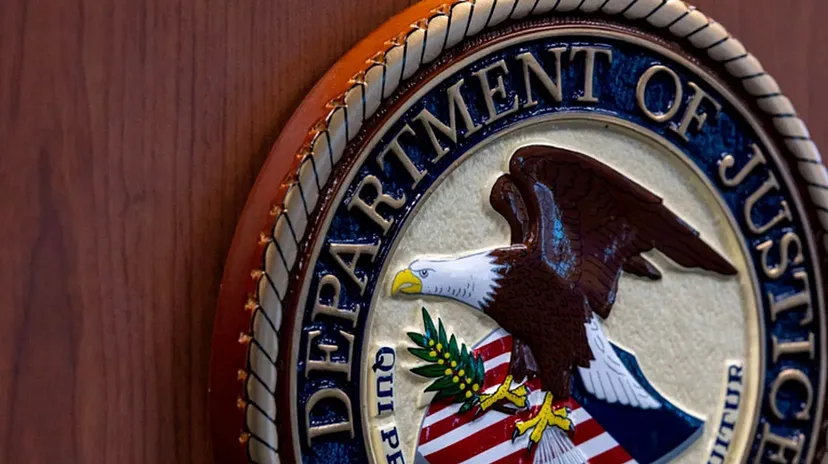
Last Tuesday saw Binance settle its long-running legal disputes with several U.S. government agencies, including the Department of Justice (DoJ), the Department of the Treasury’s Financial Crimes Enforcement Network (FinCEN), the Office of Foreign Assets Control (OFAC), and the U.S. Commodity Futures Trading Commission (CFTC). However, they failed to reach an agreement with the Securities and Exchange Commission (SEC) regarding their pending charges.
As part of the settlement, Binance has agreed to pay an eye-popping fine of $4.3 billion. Furthermore, Changpeng Zhao (CZ), the CEO of Binance, will step down from his position, and an independent compliance monitor will oversee Binance’s operations for the next three years. The monitor will have full access to their inner workings and can report any compliance issues directly to regulators.
Many in the crypto community view this outcome as positive for the market because they feared a more severe ruling. The DoJ had the option to target all of Binance’s executives and potentially cripple the company’s operations.

Some even argue that CZ received a relatively lenient punishment akin to a slap on the wrist and an extended vacation. However, the reality is that Binance’s long-term prospects still need to be determined.
With CZ stepping down and several senior executives leaving before the settlement, Binance is significantly weaker than it was after the collapse of FTX. Additionally, the company must now implement strict compliance measures under constant monitoring, which will slow down its operations.
Following the failure of FTX, Binance absorbed a significant portion of its customer base and grew to control over 74% of the global crypto market. If the DoJ had shut them down, it would have sent shockwaves throughout the market, much worse than those that followed the collapse of FTX.
This dominance was a concern for U.S. regulators, who believed Binance may have ties to Chinese authorities, though no concrete evidence has been presented for this claim. The fear was that Binance could impact the global price of Bitcoin, and this belief was rumored to be delaying the approval of a spot Bitcoin ETF in the U.S.
This situation highlights the issue of over-centralization in the cryptocurrency space. While we often think of centralization at the project level, the ecosystem as a whole can become imbalanced when one entity, like Binance, dominates the landscape.
As Simon, our CTO, has previously warned, “I believe that having more big players in crypto can be a very good thing for the space, but we should remain cautious of the restrictions and limitations that could come along with it. We want to increase the adoption of cryptocurrency but also remain true to the decentralized, secure, and permissionless aspects that make blockchain technology so revolutionary.”

The Pareto principle, which suggests that power and control tend to centralize, also applies to the crypto world. To counter this trend, constant efforts toward decentralization are necessary. This is why introducing new projects into the space is crucial. Each new project contributes to the overall health and vitality of the ecosystem.
We’ve experienced firsthand the importance of individual and collective decentralization. While we transition to a DAO, although we may not yet be fully decentralized, our presence nevertheless adds to the collective decentralization of the space. As we gradually deploy to other chains, such as Base, this benefits us and the DeFi landscape as a whole.
Binance’s settlement and the departure of CZ mark a pivotal moment in the crypto industry. While it may continue to cause some short-term volatility, it will lead to a healthier, more sustainable environment as it allows other projects to flourish.
Join Paribus
Website | Twitter | Telegram | Medium | Discord | YouTube
- SEO Powered Content & PR Distribution. Get Amplified Today.
- PlatoData.Network Vertical Generative Ai. Empower Yourself. Access Here.
- PlatoAiStream. Web3 Intelligence. Knowledge Amplified. Access Here.
- PlatoESG. Carbon, CleanTech, Energy, Environment, Solar, Waste Management. Access Here.
- PlatoHealth. Biotech and Clinical Trials Intelligence. Access Here.
- BlockOffsets. Modernizing Environmental Offset Ownership. Access Here.
- Source: Plato Data Intelligence.